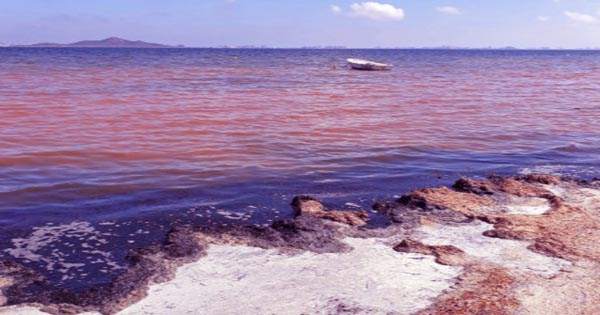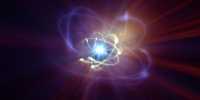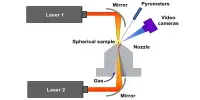The Norwegian explorer Fridtjof Nansen described what must have been a frightening event, in 1893. His ship was stranded in the Nordenskiöld archipelago towards Siberia, barely able to move, yet their engine seemed to be working normally and was not confronted by any known force. Physicists think that in the end, they have an answer to how this phenomenon is handled. It is also possible that a rare presence has changed the course of history, but it took 127 years.
The fact that a boat cannot move forward without apparent cause, now known as dead-water, has been experienced many times since. There is no doubt that Nansen was trapped at first in the way he described it, but he gave a well-documented and convincing detail.
From the beginning, Nansen acknowledged that such nets are tied when a layer of fresh water sits on more salty water, especially when the glacier melts and the water sinks into the sea. However, he did not understand why water layers create more tension than a well-mixed liquid.
In 1904, the Swedish physicist Vagn Walfrid Ekman reproduced in the laboratory, where progress was made 1904 to explain that sub-surface waves can occur when salt and fresh water combine. If these waves fight against the power supplied by the ship’s pilot, they can turn it off completely.
In the proceedings of the National Academy of Sciences, a team from the University de Poitiers argues that two phenomena can cause dead-water: kinetic drag and dynamic resistance. They name the former Nansen (the tension created by Nansen-waves) and the latter the name Ekman (uniform wave-generated tension).
The authors used a rope to tie a model ship to a straightened canal and filmed the jug produced by this high-resolution camera. With researchers in the past (who also used narrow canals) focusing on it, they report that the tension of creating a uniform wave is widened in a closed space.
Scientists and mariners have observed that dead water can form where two layers of water of different concentrations fail to mix. A suitable location is the Gulf of Actium in Greece, where the combined forces of Mark Antony and Cleopatra fought with Octavia for Roman world control, since its discovery. Shakespeare, never a reliable historian, identified the cause of nerve damage in Cleopatra’s part, but researchers believe that his ships got stuck in the dead water and failed to come to Anthony’s aid.















